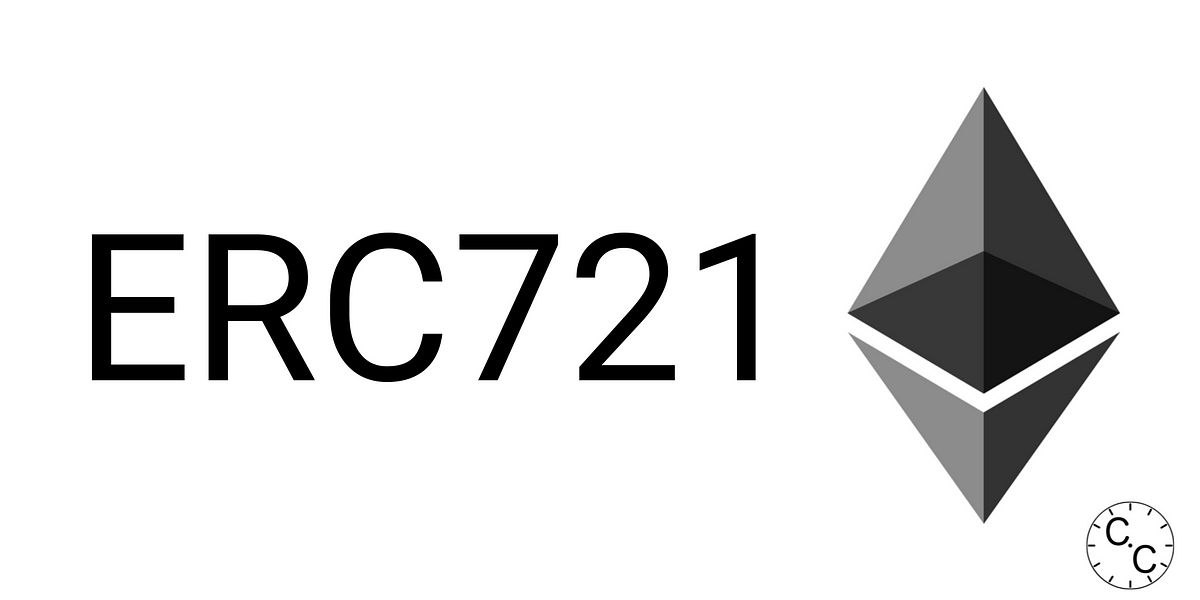Introduction:
The rise of blockchain technology has led to the emergence of a new type of digital asset called non-fungible tokens (NFTs). NFTs are unique digital assets that can represent anything from digital art to virtual real estate. The ERC-721 standard, developed in 2017, has become the most widely used standard for creating NFTs on the Ethereum blockchain. In this article, we will explore what ERC-721 is, how it works, and its potential use cases.
What is ERC-721?

ERC-721(Ethereum Request For Comment-721) is a technical standard or protocol for creating NFTs on the Ethereum blockchain. It was proposed by Dieter Shirley in 2017 and has gained widespread adoption due to its ability to create unique, indivisible, and verifiable digital assets. Unlike fungible tokens, such as cryptocurrencies, ERC-721 tokens are unique and cannot be exchanged on a like-for-like basis. Each ERC-721 token represents a distinct digital asset with its own value, characteristics, and ownership.
How does ERC-721 work?
ERC-721 tokens are created as smart contracts on the Ethereum blockchain, which are self-executing contracts that run on the Ethereum network. The smart contract specifies the rules and properties of the digital asset, including its ownership, transferability, and metadata. It also assigns a unique identifier to each token, which distinguishes it from other tokens in the same collection or smart contract. One of the key features of ERC-721 tokens is their ability to provide ownership and transferability. The smart contract specifies the current owner of the token, and ownership can be transferred from one address to another, just like any other digital asset. This allows for the buying, selling, and trading of ERC-721 tokens in a decentralized and transparent manner, without the need for intermediaries.
Use Cases of ERC-721:
ERC-721 tokens have gained significant attention and adoption in various industries, including digital art, gaming, and collectibles. In the digital art world, artists can create, sell, and trade digital art pieces as unique assets using ERC-721 tokens, providing new opportunities for monetization and provenance. In the gaming industry, ERC-721 tokens are used to represent virtual items, characters, and assets that can be bought, sold, and traded on blockchain marketplaces, creating a new paradigm of ownership and value in games. And in the world of collectibles, ERC-721 tokens are used to create digital trading cards, virtual pets, and rare virtual items, providing collectors with unique and verifiable ownership of these digital assets.
Advantages of ERC-721:
One of the main advantages of ERC-721 tokens is their ability to provide verifiable ownership and provenance of digital assets. With ERC-721, it is possible to trace the ownership history of a digital asset back to its creation, providing transparency and authenticity. Additionally, ERC-721 tokens provide a standardized way of creating, managing, and trading unique digital assets, making it easier for developers to create new applications and services that leverage NFT's.
Conclusion:
ERC-721 has emerged as a game-changer in the world of NFTs, providing a standardized way of creating, managing, and trading unique digital assets on the Ethereum blockchain. Its ability to represent ownership and transferability of digital assets in a decentralized and transparent manner has opened up new possibilities for various industries, and its impact on the digital landscape is likely to continue to grow in the future. Whether it is digital art, gaming, or collectibles, ERC-721 has created a new paradigm of ownership and value in the world of digital assets.
